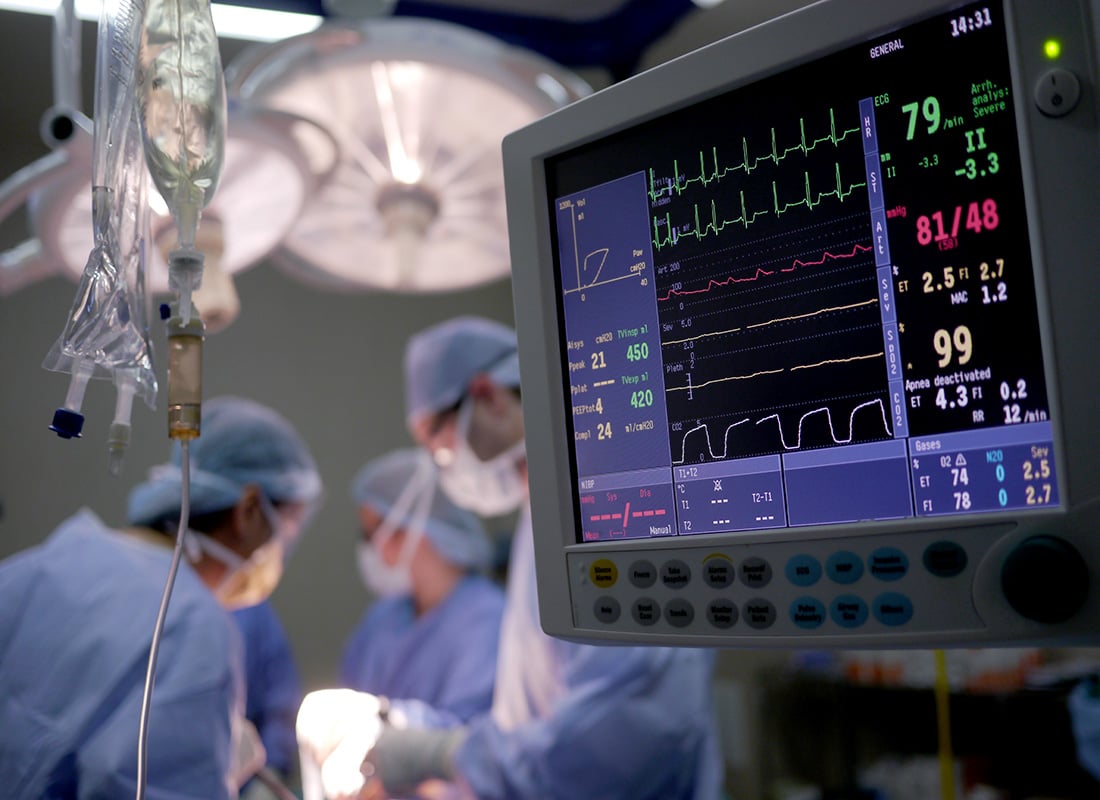‘I think there is a world market for maybe five computers.’ Often attributed to Thomas Watson, the Chairman of IBM in 1943, this quote may be an urban myth but it reminds us how hard it is to predict the future.
So when the National Institute for Healthcare Research (NIHR) asked BCS to offer its views on the topics it should commission research into, it was a task that the Health and Care Group set about with great enthusiasm, collating members views through group workshops and online surveys, but with some trepidation.
The challenge
The job of NIHR is to improve the health and wealth of the nation through high quality research. They wanted to know what we thought health and healthcare might look like in 20-30 years time and make suggestions to help inform them as they planned their future research agenda.
It’s no surprise that we felt a major change would be a rise in the number of older people living longer, and that this longer lifespan will mean people living longer with long-term conditions (LTCs).
There is clear evidence that the inequality gap between the healthiest and the least healthy in our society has a major impact on the onset of LTCs. People living in more deprived areas are more likely to develop multiple LTCs sooner and - because of these increases in overall life expectancy - live for longer with an increasing number of conditions. It’s not just a matter of living longer that fuels demand for healthcare; it’s how we live those extra years.
This will also affect the balance between those economically active members of the population creating wealth and contributing to taxes, and others who are less economically active yet are in most need of health and care services, creating yet more pressure on services.
At the same time, advances in technology, in both clinical professional and consumer settings, will contribute to fuel further pressure. We will have opportunities to access ever more advanced technologies that keep people alive for longer, and technologies that provide faster access to health and care services.
While neither of these developments are unwelcome, the risk is that the benefits may disproportionately accrue to the technologically literate and economically well off at the expense of those who would gain most benefit and that we further exacerbate the inequality in health and access to health and care services, which in turn may add to tensions and divisions in our society.
We felt that the role of the state in providing a universal comprehensive public healthcare service will change rapidly over the period in question, and quite dramatically when compared to the history of the NHS since 1948.
Although we were still confident about the future of a publicly funded healthcare service, we felt that the scope of that service - WHAT it will deliver - and the beneficiaries - WHO it will deliver services to - will change in the coming years.
We believe that new low cost digital technologies have a major part to play and that the opportunity here for NIHR is to focus research in several key areas.
The role of technology
Our focus was on information technologies and the impact they may have on shaping health and healthcare. We expect to see a rapid increase in devices and sensors, both consumer and clinical grade, with the ability to monitor an individual’s health status in real-time.
We anticipate continued sophistication in analytical tools and the capability to bring together traditional ‘hard’ quantitative data with ‘soft’ qualitative data drawn from across multiple sources to create greater insight into health and illness.
We also felt there would be huge steps forward in machine learning and the development of systems capable of rapid processing of huge volumes of data and developing inferences in specific areas such as radiological reporting and in broader areas looking for patterns and correlations in large and hitherto unrelated datasets.
Advances in robotics, both hardware and software, will offer the chance to perform more complex physical and non-physical activity, changing the number and nature of the skills needed within the health and care workforce, and opportunities to change professional practice.
We recognised the work already underway in the capability of 3D printing technologies, to take digital patterns and create personalised objects, whether replacement body parts - heart valves etc. - or pharmaceuticals - in the form of personalised drugs, and the potential for continuing to build on that in areas such as the increased use of organic materials.
Genomic technologies will give clinicians the ability to analyse an individual’s genetic material in order to predict the potential health conditions that the individual may develop and identify the most appropriate therapeutic interventions.
Finally we expect to see radically new human-computer interfaces - whether through increased application of virtual or augmented reality technologies or via the sophistication of chatbots - we expect the dynamic of the interaction between technology and human to become more diffuse.
For example, we can envisage a situation where patients begin their consultation with a chatbot using AI algorithms linked to their personal electronic health records and undertake an initial assessment of the patient’s likely health care needs before directing them through to the most appropriate service.
We also felt that the maximum impact on health would be derived from combinations of these new technologies.
Society’s expectations
But it’s not just new technology driving change. Technology is all pervasive in so much of our lives and we expect our health and care services to align with our wider experience and expectations in our daily lives.
We want services which are accessible and ‘always on’, which organise around consumer demand rather than provider supply, and which put us, as consumers, in greater control.
We also must recognise that health and care services are human services - they require experienced and empathetic professionals. Our role should be to make their jobs easier by the appropriate use of these technologies.
Despite being advocates for the increased use of technology, we urged caution in the rush to adopt new technologies without clear evidence that the potential benefits will outweigh costs and risks.
Machine learning and blockchain - new solutions or new problems?
We believe that independent research is needed into the underlying potential of new technologies, to ensure that they solve more problems than they might create.
For example, we felt that the debate around artificial intelligence (AI) requires careful scrutiny. AI can range from powerful pattern recognition solutions, through complex algorithmic processing systems, to true inference learning systems capable of creating new insight.
We had no doubt that there are significant potential benefits in the intersection of AI and the huge volumes of data we can now collect and store. However we felt we - and the public - need to better understand the impact of these AI technologies and their application into healthcare, such as the consequent liability in the event of medical error caused by an AI tool.
We feel that such debate will help ensure that AI technologies can be deployed safely and appropriately, aiding, and not replacing, professional judgement and recognition that each patient is a unique individual with unique, personal needs.
We had similar thoughts about blockchain. There is no doubt that blockchain has an important role to play within low-trust sectors such as financial services, and in health care in those countries with a more fragmented healthcare system. However, for the NHS, we felt that it is important to be clear on the benefits when compared to the costs and risks associated with its implementation, and taking into account competing demands for scarce resources.
Whose data is it anyway?
While we recognise the importance of maintaining the trust and confidence of the public in how technology and data is used, there are many instances where we felt that our concern for individual privacy may be beginning to outweigh other potential benefits for society.
We believe there needs to be a continuing open and transparent dialogue with the public and patient groups to identify what is reasonable to expect when using publicly funded healthcare services. We need to agree on striking a balance between use of data for the benefit of the many, and protection of privacy for the individual, a balance that may change over time.
Conclusion
Predicting the future in our industry is a thankless task. Yesterday’s mainframe is today’s cloud computing. Today’s breakthrough will be obsolete in five years time. Fads come and go but what remains constant is the shifting relationship between technology and society and the way in which new technologies can bring potential benefits, but rarely - if ever - without also bringing potential risk.
How much are we prepared to relinquish our privacy for convenience? Are citizens and society in control or does the technology industry drive us forwards? How do we recognise that everyone is an individual with a unique set of values which influences their relationship with technology?
These are the big issues we look to NIHR to explore and we have invited them to engage with us as they explore those issues. In our 60th anniversary, the role for BCS in ‘Making IT good for society’ has never been so important.












